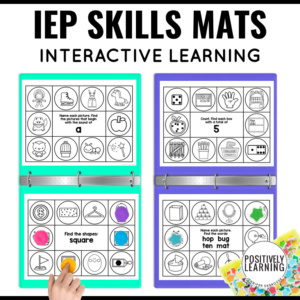
These teaching tips will make it even more effective.
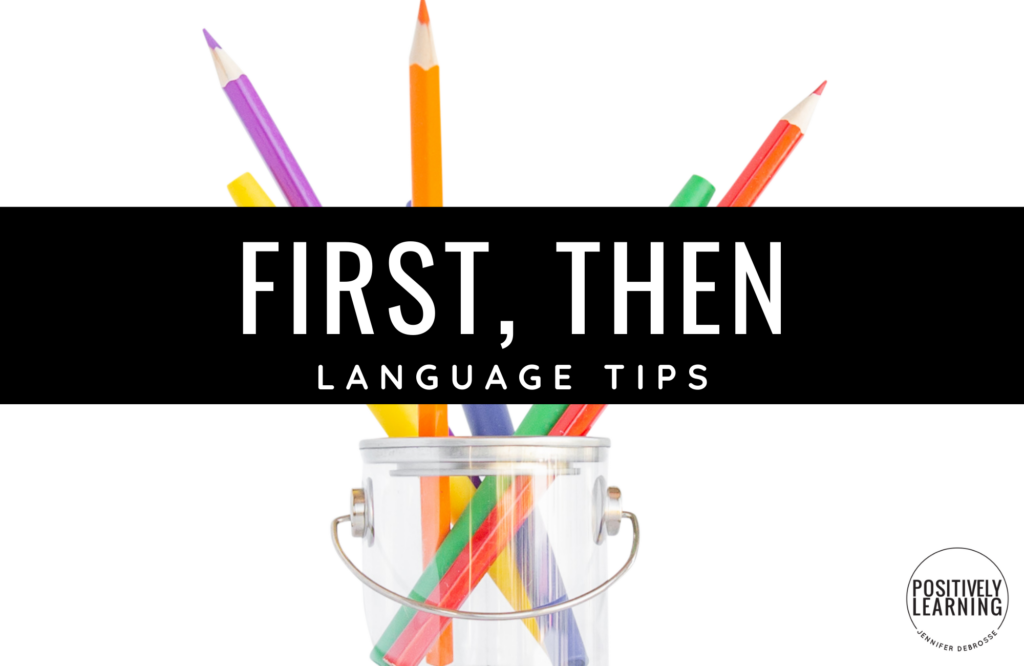
Table of Contents
ToggleFirst, Then is a simple cueing system we (teachers) can use to support students in completing tasks.
If this is starting to sound familiar, chances are you've already used this type of phrase before. It's definitely not confined to the classroom, but can be used anytime we're tackling a list of to do's.
“First I'll do the laundry, then I'll sit down and text my friend.”
Adding a visual can make this strategy even more effective – students may be able to keep their “eyes on the prize” as they power through a task. For example, a picture of a large cup of coffee would definitely help me stay focused on whatever I need to accomplish first!
If you're supporting a student who resists certain tasks (the “first'), try using this language cue and be sure to pair with a preferred tasks (the “then”). Conducting an informal Preference Assessment can be a helpful (and fun) way to learn more about your students' interests.
Learn more about using this hands-on tool HERE.
I've experienced so much success with using these language cues, that I couldn't imagine teaching without them. If you were a fly on the wall in our resource room, you'd probably hear my students narrating their own actions using the same phrases!
Here's a few teaching tips I've learned along the way:
Hope this helps! I can't wait to hear how you're students are doing with these cues.

I’m Jennifer and I was a special educator in the elementary school setting over the past decade. I entered the classroom every day dedicated to making learning inclusive AND engaging.
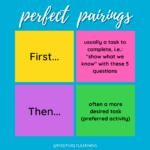
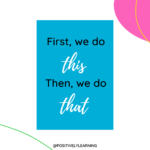
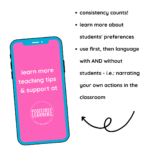
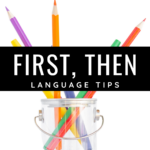
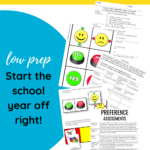

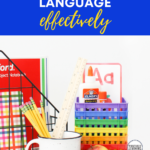
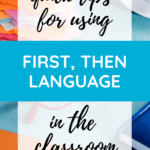

This website uses cookies to ensure you get the best experience on our website. See full disclosure here.
This website uses cookies to ensure you get the best experience on our website.
See full disclosure here.
